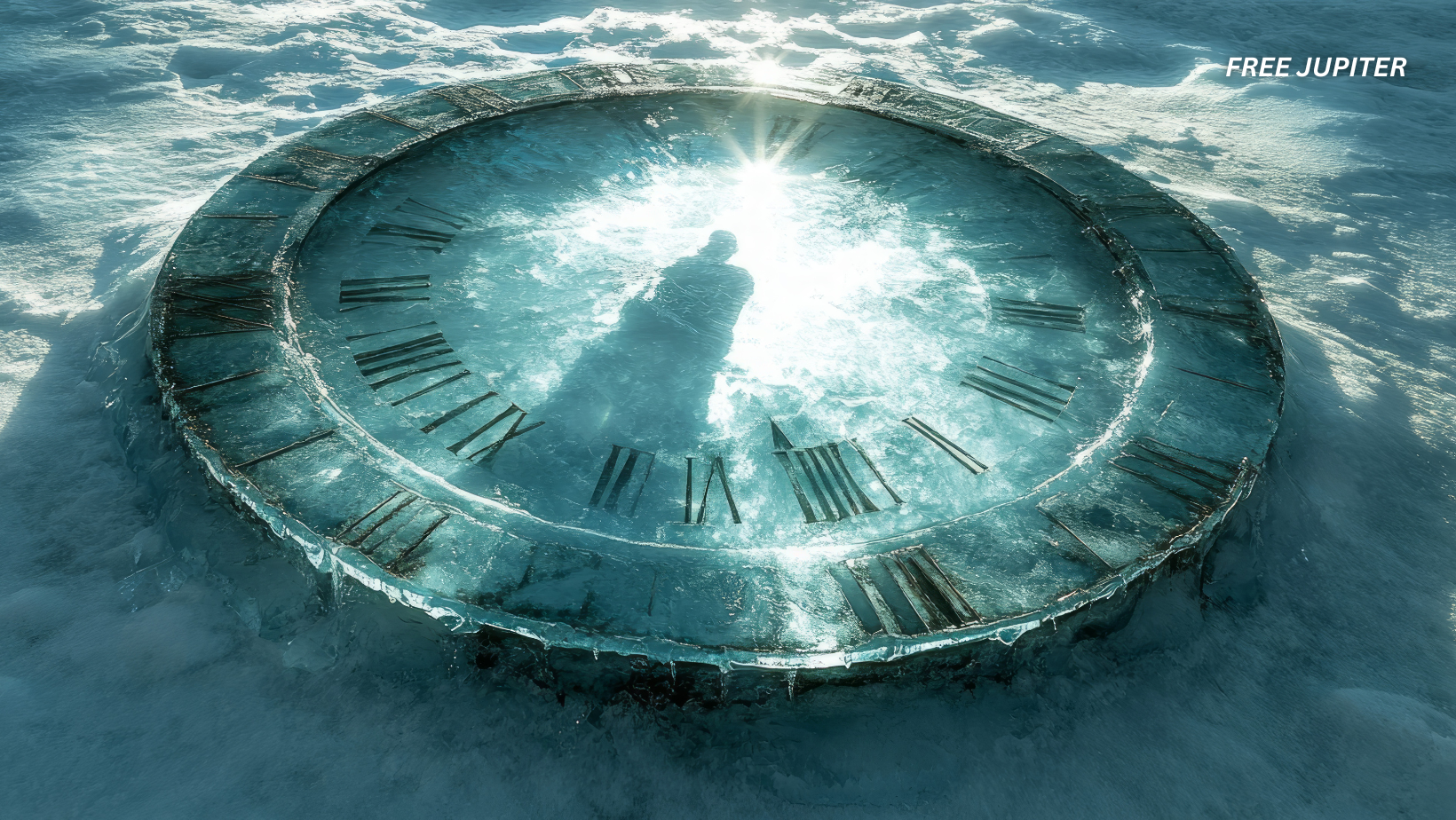If you hear the words “time crystal” and immediately think of Marvel movies, Doctor Who, or a prop from a video game, you’re not wrong. The term sounds straight out of science fiction. Yet, unlike infinity stones or magical artifacts, time crystals are a very real discovery in physics—so real that scientists at the University of Colorado Boulder have just made one you can actually see with your own eyes.
This is not just a quirky laboratory trick. It’s the latest leap in a scientific idea that began only a little over a decade ago but could ripple into future technologies, from secure money systems to quantum computing. Let’s break it down.
The Strange Origin of Time Crystals
Back in 2012, Nobel Prize–winning physicist Frank Wilczek proposed something that seemed outrageous at the time: a new phase of matter that repeated itself not just in space (like ordinary crystals) but also in time.
To understand the leap, think of a diamond. Its beauty stems from its orderly arrangement of carbon atoms, which repeat in a repeating pattern over 3D space, much like a perfectly tiled floor. Wilczek asked: What if there were structures that repeated in time instead of space?
That would mean matter that rhythmically changes its configuration without consuming energy—almost like a pendulum swinging forever without slowing down. In physics terms, this would break “time-translation symmetry,” one of nature’s fundamental rules.
At first, many physicists doubted it was possible. “Perpetual motion” has long been a scientific red flag. But by 2016, researchers at the University of Maryland and Google’s quantum computing lab had created microscopic time crystals using controlled quantum systems. The once-impossible suddenly became real.
The UC Boulder Breakthrough: A Time Crystal You Can See
Fast forward to today, and Hanqing Zhao and Ivan Smalyukh at UC Boulder have taken the concept one dramatic step further: making a time crystal large enough to be visible without special microscopes.
Their recipe sounds deceptively simple:
- Take liquid crystals, the same material inside LCD screens.
- Place them between two thin plates of glass coated with a light-sensitive dye.
- Shine polarized light on the system.
What happens next is like watching matter throw a dance party. The molecules inside don’t just settle into a static arrangement. Instead, they fall into a repeating rhythm, creating wave-like stripes that appear, vanish, and reappear in cycles. These patterns persist for hours, even as light or temperature conditions shift.
Smalyukh compared the effect to a ballroom dance in a Jane Austen novel: partners split, swirl, and reunite in an endless choreography. The difference is that instead of elegant dancers in gowns, the performers here are molecules, and their “dance floor” is space-time itself.
“All you do is shine a light, and this whole world of time crystals emerges,” Smalyukh explained. “That’s the beauty—you don’t need extreme conditions. You just set the stage, and the crystal does the rest.”
Why This Matters Beyond the “Cool Factor”
It’s fair to ask: So what? Why should we care about matter that moves in endless patterns like some microscopic screensaver?
The potential lies in how stable and unique these structures are. Because they repeat in time without degrading, they could be harnessed for several futuristic applications:
- Data Storage: By stacking or layering time crystals, scientists might encode information in ways that are far more durable and compact than traditional methods. Think of hard drives that never lose data.
- Anti-Counterfeiting: Time crystals could serve as unique security features. Imagine holding a $100 bill up to the light and seeing a dynamic pattern that a printer can’t replicate.
- Quantum Computing: Quantum machines are notoriously delicate—they lose coherence easily. Time crystals could help stabilize them, acting as a kind of backbone that resists disorder.
These aren’t applications we’ll see next year, but they show why physicists are excited: time crystals could eventually leap from theory to technology.
Other “Weird but Real” States of Matter
Time crystals join a growing club of exotic states of matter that sound like sci-fi inventions but are very real:
- Superconductors: Materials that let electricity flow with zero resistance. Discovered in 1911, they now power MRI machines and particle accelerators.
- Superfluids: Liquids that flow without friction. If you spin a bucket of superfluid helium, it never stops moving.
- Bose–Einstein Condensates: Predicted by Einstein and Bose in the 1920s, these form when atoms are cooled to nearly absolute zero, behaving as one “super-atom.”
Each of these once seemed esoteric, yet eventually, they reshaped technology. Time crystals may follow the same path.
Read more: Scientists Think They Have Pinpointed the True Origin of Life on Earth
Seeing the Unseeable
One of the most fascinating aspects of UC Boulder’s work is accessibility. Until now, time crystals were invisible curiosities, detectable only through complex lab setups. By making them visible to the human eye, Zhao and Smalyukh have given the phenomenon a tangible reality.
It’s like the difference between hearing about dinosaurs and seeing a fossil in a museum. The discovery transforms an abstract idea into something you can almost point at and say, “That’s it!”
The Road Ahead
Of course, this is still early days. The UC Boulder time crystal lasted for hours under controlled conditions, which is impressive but not yet practical for large-scale use. Scientists will need to figure out:
- How to control time crystal patterns more precisely?
- How to scale them up for use in devices?
- How to combine them with other technologies like quantum processors?
Still, science often moves in leaps like this: one team proves the impossible is possible, and the next generation builds on it.
Read more: Scientists Stunned as AI System Uncovers Never-Before-Seen Physics
Dancing to the Rhythm of the Universe
In the end, time crystals remind us that nature is often stranger than our imagination. Matter doesn’t always behave the way we expect. Sometimes it organizes itself not just across space, but across time, moving in rhythms that hint at hidden symmetries of the universe.
As Smalyukh and Zhao’s work shows, sometimes all it takes to unlock this hidden beauty is light, glass, and a willingness to ask: What if?
So while time crystals may sound like props from a sci-fi blockbuster, they’re not fantasy anymore. They’re here, shimmering, repeating, and—quite literally—dancing through time.
Featured image: Freepik.
Friendly Note: FreeJupiter.com shares general information for curious minds. Please fact-check all claims and double-check health info with a qualified professional. 🌱










